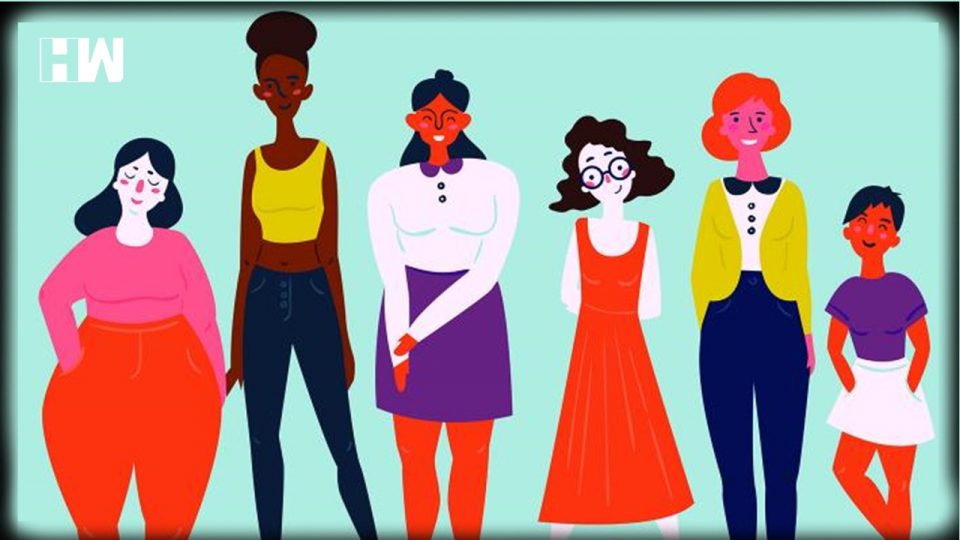While the COVID-19 pandemic spreads across the globe, social media is pointing out that women are significantly better at handling a crisis.
World: People created a buzz on social media showing that there’s a common factor that connects the countries that are flattening the curve: they are all led by women.
Pictures of the women leaders at the vanguard of the fight against the deadly pandemic are trending across social media platforms.
These are leaders leading there country and have the best coronavirus response.
Oh! They’re also all women. pic.twitter.com/jHwGWCZaO0
— ⚪️Johnathan Ford⚪️ (@FordJohnathan5) April 10, 2020
There is something about women leadership that we need to name and appreciate. They seem to handle crises better. Some studies suggest that women leaders tend to have compassion and society at heart. Looking at #COVID19 responce experiences across the world, it makes some sense! pic.twitter.com/JNp3NvSBvt
— Togolani Mavura (@tonytogolani) April 9, 2020
So Can we say Women Head of states were more empathetic and took preemptive measures against #coronavirus ? pic.twitter.com/3zTl8ldlsD
— Farah Saadia (@FarahSaadya) April 9, 2020
Let’s find out what the data says.
Led by Prime Minister Jacinda Ardern, New Zealand has seen the number of cases dropping in the country. “New Zealand isn’t just flattening the curve. It’s squashing it,” A Washington Post headline read.
The number of new positive cases has plunged for two consecutive days, despite a remarkable increase in testing, with 54 confirmed or probable cases reported Tuesday. Which means the number of patients who have been cured, 65, surpasses the number of daily infection.
Ardern’s policies rested mainly on one statement she made: “Act like you have coronavirus.”
She told people of her country, “Every move you then make is a risk to someone else. That is how we must all collectively think. That’s why the joy of physically visiting other family, children, grandchildren, friends, neighbours is on hold.”
When the lockdown was imposed on March 25, New Zealand had fewer infections than many other countries, but the government wanted to move swiftly to halt the further spread. It was one of the first countries to force all arriving travellers into self-isolation and to ban large gatherings.
Headed by Angela Merkel, Germany too, is straightening the curve. With a total number of 118,235 cases, Germany has recorded 52,407 recoveries. Out of the closed cases (recoveries plus deaths). Germany’s ratio stands at 95% recoveries.
Angela Merkel had urged people to social-distance as early as March 11, citing analysis about the worst-case scenario and showing the reality of the disease to people.
Germany is testing almost 500,000 people every week, way more than other any other European countries, simultaneously boosting its supply of ICU beds and ventilators. Government guidance on social distancing has been widely followed.
The German govt also efficiently passed a 1.1 trillion euro spending package last month to stabilize the economy.
A New York Times article also mentioned how Angela Merkel addressing the press “was a reminder of the woman who for much of the past 14 years has been the rock in European politics. She is the leader who reassured savings account holders during the financial crisis; who held the euro area together in the sovereign debt crisis; and who was celebrated, at least in many quarters, as the defender of liberal values after her decision to welcome over 1 million migrants in 2015.”
Also Read: India’s Coronavirus Count At 6,412, Death Toll Surges To 199
Headed by Prime Minister Sophie Wilmès, while Belgium hasn’t slowed down the rise in the number of cases yet, their death rate has dropped to 50% and currently has a 67% recovery rate in closed cases.
PM enforced a nation-wide lockdown as the death toll touched 10. But the most vital part about her emergency lockdown announcement was the clarity.
“Citizens are asked to stay at home in order to avoid most contacts, except for going to the doctor, to shop for food, the post office, a bank, pharmacy, petrol station or to help someone in need,” she said. She also issued a warning, “Businesses could be fined if they break the new rules, and foreign travel that is not “indispensable” is banned until at least April 5.”
Similarly, headed by PM Sanna Marin, Finland has seen the daily death rate drop since April 6. Of its 300-closed cases, it has a 88% recovery rate.
On Thursday Finland’s government confirmed it was extending restrictions by a month to contain the spread of the novel coronavirus.
Headed by Katrín Jakobsdóttir, Iceland has seen a 99% recovery rate(688 recoveries in 694 closed cases), as well as seeing a drop in the number of daily cases since April 2.
Iceland, however, other than measures in place also focused on the economy. Iceland introduced emergency measures worth 8% of gross domestic product to counter the impact of the coronavirus.
Denmark’s recorded number of new cases can also be seen dropping from April 6, (from 390 to 233 on April 9.) Danish Prime Minister, Mette Frederiksen, has even announced plans to reopen daycare centres and schools on April 15 as a first step to gradually relax a three-week lockdown to curb the spread of the new coronavirus.
Denmark’s response to the pandemic was hailed worldwide as a leading example, especially its economic measures.
However, other countries who do not have female leadership are also flattening the curved.
South Korea and Japan have shown significant signs of flattening the curve.
It might be time to re-evaluate the “women are too emotional to be in important political positions,” stereotype.
The coronavirus crisis might perhaps finally change how society views women in leadership roles.
(Inputs from News18)
As an independent media platform, we do not take advertisements from governments and corporate houses. It is you, our readers, who have supported us on our journey to do honest and unbiased journalism. Please contribute, so that we can continue to do the same in future.

